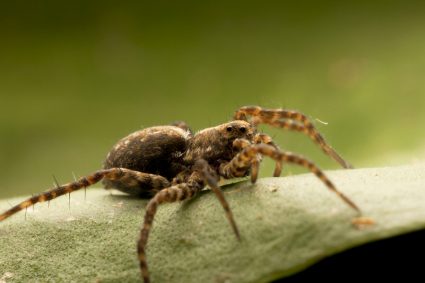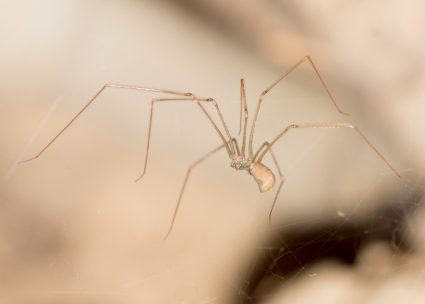
Whether it’s project planning, freelancing, or playing online games, we enjoy using our computers. Sadly, ants enjoy our computers just as much as we do.
Ants are sociable insects whose power lies in their overwhelming numbers. It can be incredibly frustrating to have an infestation that affects your computer.
Ants will cluster near your computer because of food remnants or in search of warmth.
Ants must first enter your home before they can access your computer. Sadly, that’s not a difficult task. Ants are many, tiny, persistent, and whatever space is enough to allow the pesky crawlers inside.
They frequently enter directly through a door, window, vents, and the subflooring under carpets, wood, or tiled floors.
Underground ant nests can allow ants entry, making it difficult for homes with basements to stop them. While it can be a challenge to spot every entrance point, it helps to:
- Inspect and seal any gaps and cracks
- Take care of your environment inside and out
- Use powdered or solution-based repellents to keep ants
Follow these three-step processes to keep ants away. The ant repellents you use will depend on your preferences and the extent of the infestation.
Continue reading to find out more about what attracts ants to your space. It’s imperative to be persistent with the three steps discussed below.
3 Effective Steps To Keep Ants Away From Your Computer
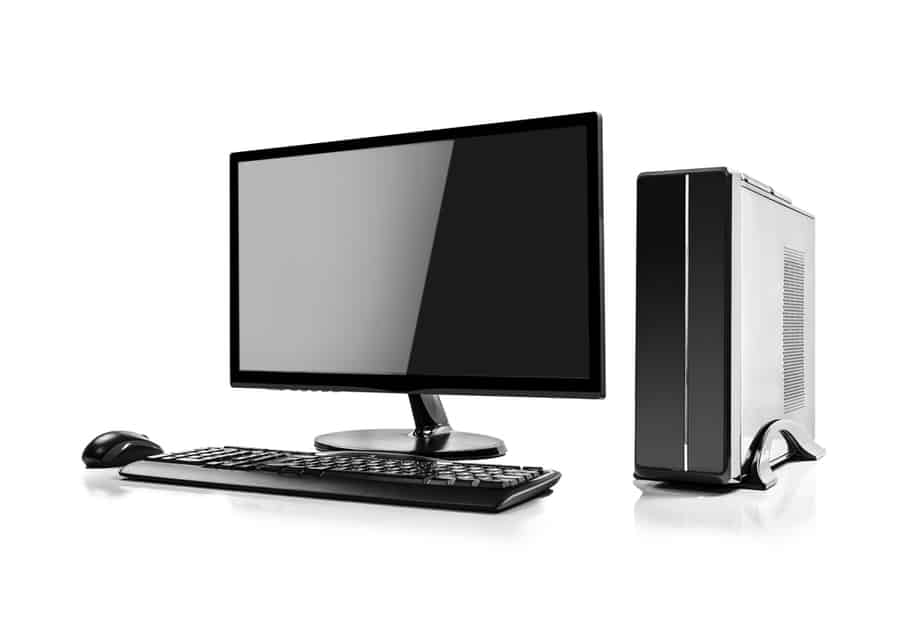
Many ant species live outside and can be bothersome when they invade your space. Once ants locate a reliable food supply, they may continue to enter, gather food, and then return to their outdoor colony.
However, other ant species get inside, create a nest and live there permanently. Odorous house ants, pavement ants, carpenter ants, pharaoh ants, and acrobat ants are a few of the prevalent ant species that might invade and settle within.
These ants can be tough to manage, with the pharaoh ant being the toughest. You can find them close to food and water sources, in concealed areas like wall voids, under appliances, behind window frames, and beneath.
Implement these measures once you establish ants are accessing your computer:
Step #1: Inspect and Block Access to Your Home or Office
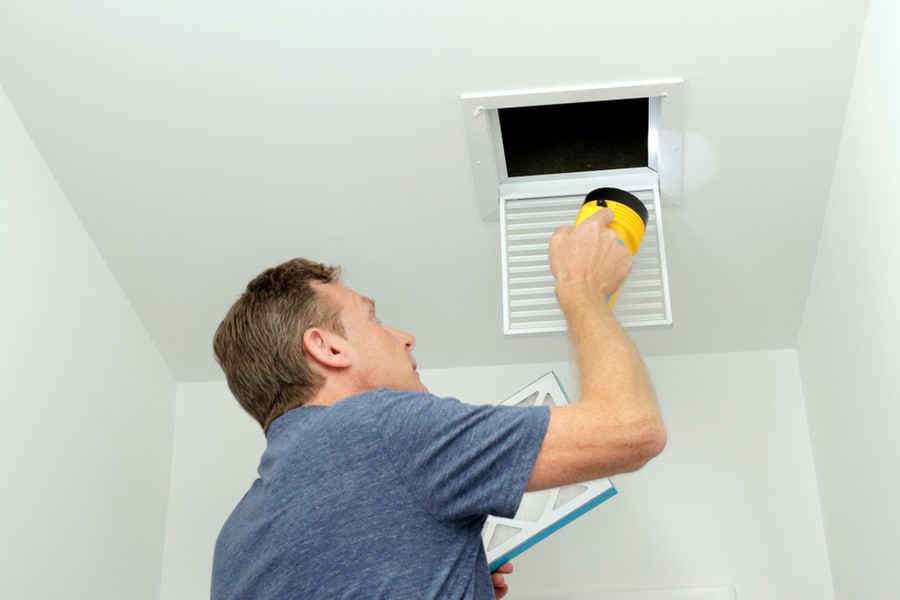
You must thoroughly check for ant activities inside and outside buildings. Examine corners, air vents, the areas around the windows, and the places where the walls of your room meet the floor and ceiling.
While searching for potential access points, remember that ants may squeeze through even the tiniest gaps. Foundation, walls, ventilation, drains, and cable openings are essential to access locations.
The best way to locate where ants are accessing your home is to follow the trails that ants leave behind.
Since they build their nests underneath, ants can find holes below that are hard to see. Follow these measures if you find cracks in your home or office that you believe ants could enter through.
Use Door Sweeps

Ensure all doors have sweeps extending to the ground since ants enter under the underside.
Fix screens, as ants can enter via holes in screens as well.
Create a Tape Barrier

Making a barrier from the sticky side of adhesive tape is non-toxic and doesn’t require using messy powders.
Use it on table stands where you work to prevent ants from attempting to climb.
They get attached to the adhesive, which stops them in their tracks.
Make sure ants can’t get underneath the tape by using double-sided tape.
Caulk All Gaps
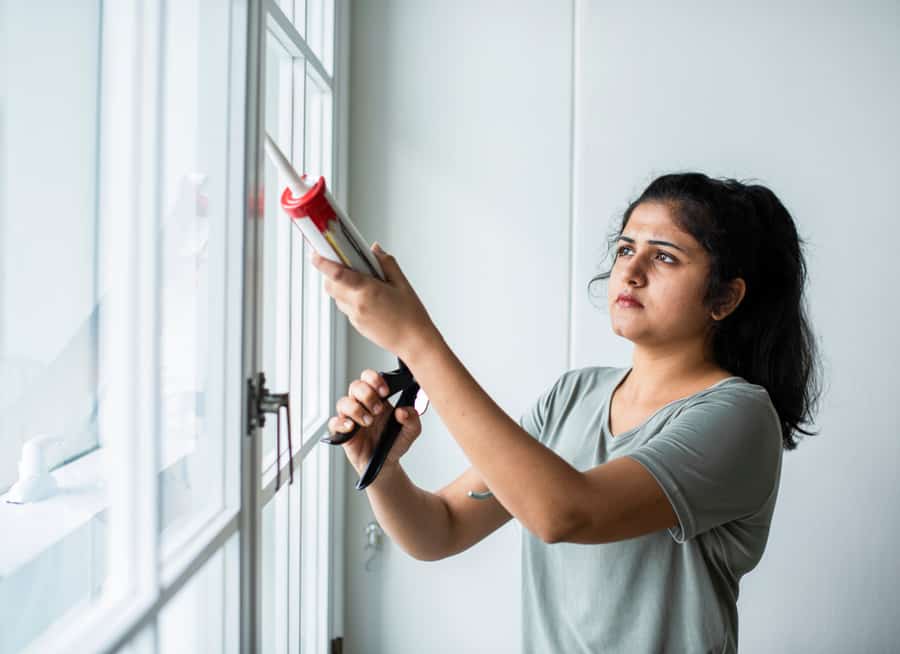
Fill spaces on the building’s exterior to prevent access using pure silicone caulking that will be less prone to shrink or crack after application.
Also, fix areas where pipes or wires connect to the house.
Step #2: Create an Unconducive Environment
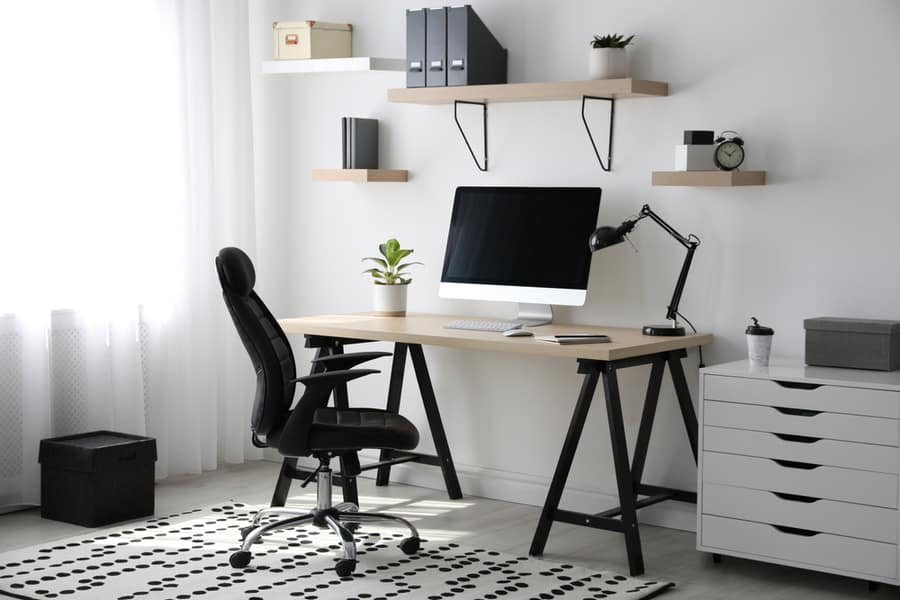
Take care of your environment indoors and outdoors to make it much less possible for ants to enter your home and ultimately access your computer.
Maintain Cleanliness
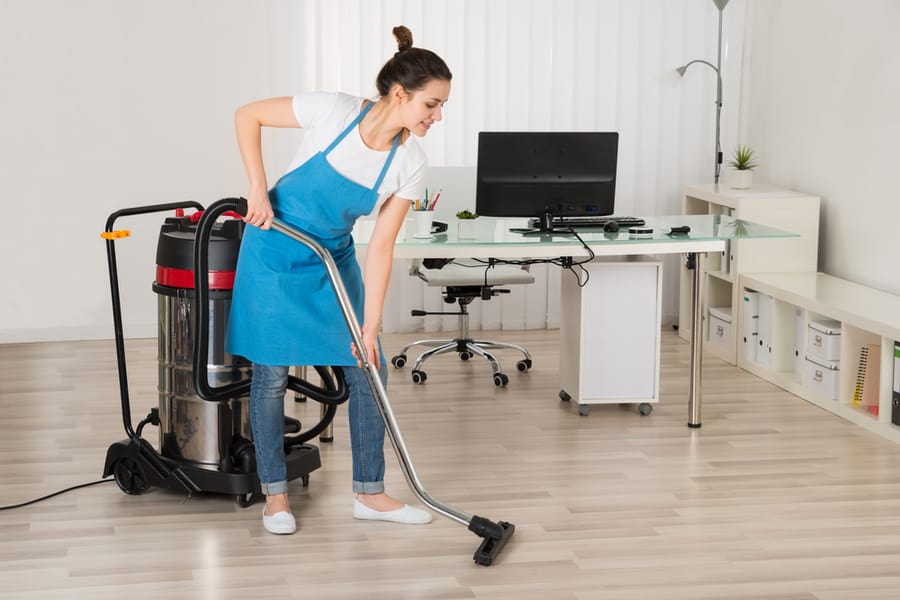
Ants thrive in dirty spaces. For this reason, routinely clean your entire house, especially where you keep your computer.
Mop, vacuum, and wipe surfaces with a multipurpose cleaner and a rag at least three times a week.
Since ants love food, you can see them swarming the kitchen looking for food inside pantries, on countertops, cabinets, and beneath sinks. They will take whatever they find edible back to their nests.
You must maintain a strict cleaning schedule in the kitchen. Clean food particles and avoid dirty kitchen sinks and trash cans that may attract ants.
Clean your floors and cabinet tops, and empty trash cans. Also, clean the grill after cooking and eating outside, and get rid of any food leftovers from the tables, deck, or patio.
To be safe, wash your outdoor dining equipment and plates before taking them inside.
Since we mostly enjoy snacking while using the computer, don’t forget to clean the area where you keep your computer.
If possible, keep food or snacks out of the room where you use your computer, and if you must work while eating, store foodstuffs in airtight containers or bags.
Repair Any Leaks
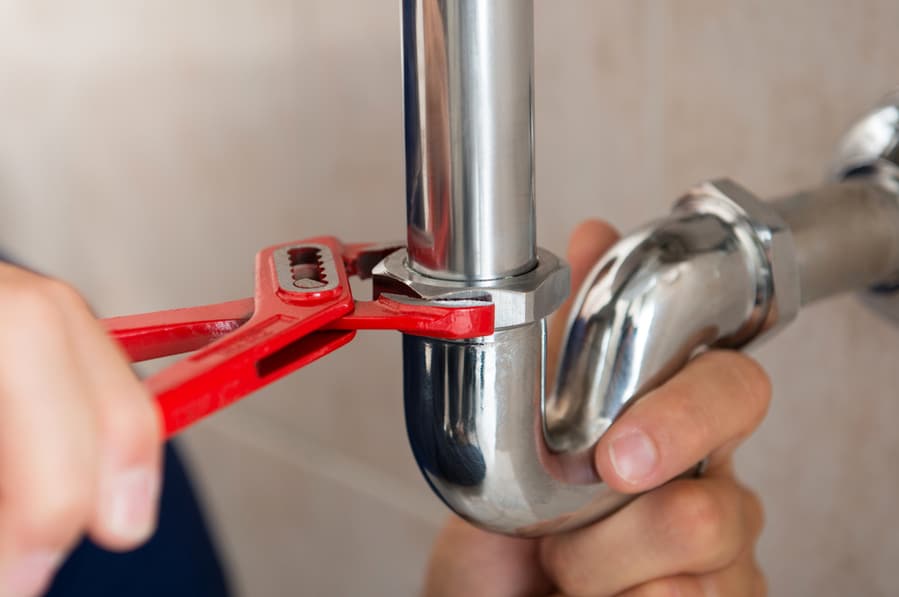
Reduce moisture by fixing leaks in the roofs or pipes, as ants require water to survive.
Ensure your home’s gutters and drains are directing rain away.
Clear Your Yard
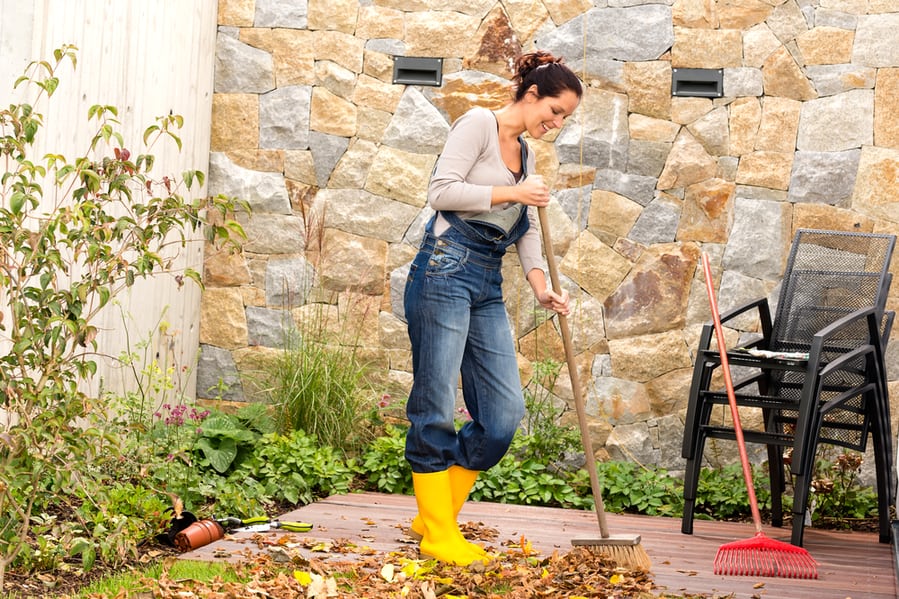
Removing sites where ants may harbor is essential to keep them from getting inside. Avoid leaving anything that could offer an ant colony the comfort it needs to thrive.
Ants enjoy spending time under unkempt wood piles and decomposing leaves. Rake up any dead leaves and discard the litter. If you have any wood piles in your yard, especially if you keep them close to your house, organize and clean them up.
Maintain a distance of 1-2 feet between the wood and the foundation. Let nothing that keeps soil moist such as boards or rock heaps, accumulate under the deck.
Regularly inspect the area underneath splash blocks and close to the foundation.
Remove tree limbs, logs, and stumps. If possible, keep plants and vegetation thinned out or eliminate them. Because ants can climb trees, attic spaces can serve as an entryway.
Trimming branches help prevent ants from building nests in your yard or close to your house.
Check Your Indoor Plants
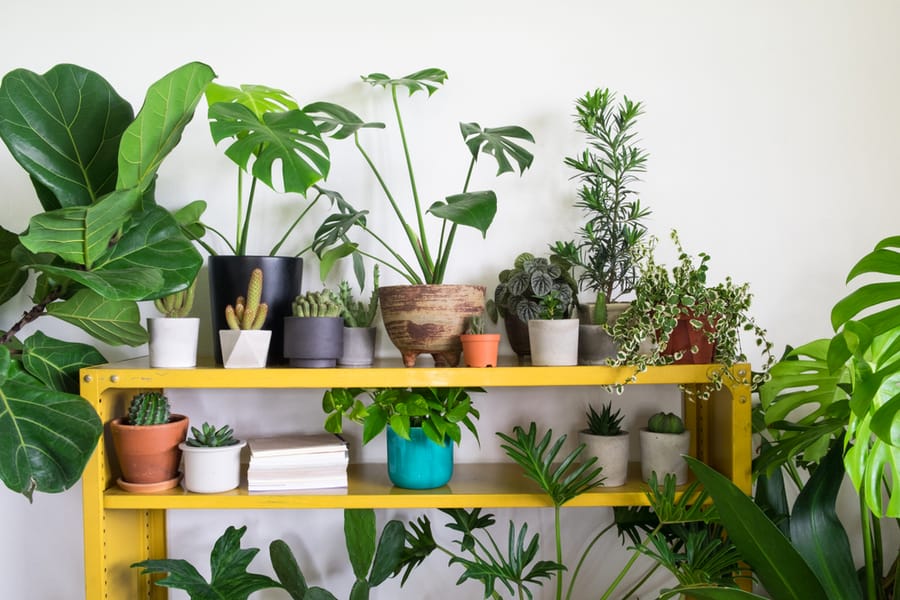
While outdoor ants play a fundamental role in the environment, indoor ants may not play the same role. Ants are simple to draw in if you routinely water your plants.
Having them near your plants will eventually result in their moving to your computer. Look for ant swarms on your indoor plants, which could be a sign that there are nests beneath the soil. Discard any plants that are affected.
To prevent ants from nesting in your plants, use lemon or orange rids to cover the soil. You can also use lavender essential oil.
Make a lavender spray by adding five drops of lavender essential oil to a spray bottle full of water. Shake well and use it to spray the soil from a distance of 30 cm. Spray the pot’s exterior as well.
Lavender essential oil keeps ants at bay while infusing your room with a pleasant scent.
Step #3: Use Anti-Ant Substances To Defend Your Space

There are daily household items that eliminate ants without contaminating your environment.
Here are some that you can use to keep ants at bay:
Coffee Grounds

Coffee contains caffeine that ants avoid, and this successfully repels them.
To keep ants away from your table or computer desk, sprinkle some coffee grinds into several open containers and place them under your desk.
Baking Soda

The acidic qualities of baking soda can deter ants, and baking soda is safe to use around people and pets.
However, baking soda on its own cannot entice ants, and therefore, you must add sugar. Powdered sugar attracts ants and resembles baking soda in size, and it’s the best for this purpose.
You can make a home remedy by mixing one part baking soda with one part powdered sugar. Directly apply the mixture to areas with ant activities.
Vinegar

You can also use vinegar with water to make an ant deterrent. In a spray bottle, mix a 50/50 solution of water and vinegar.
Spray it near windows, table stands, countertops, doorways, or any other place with ants.
You can also use a mild vinegar solution to clean floors and surfaces around the house, especially where you keep your computer.
Follow a consistent vinegar cleaning schedule for at least three days per week.
Pepper

Ants dislike pepper because they find the smell irritating. Combine cayenne and black pepper for a more potent mixture.
Sprinkle this mixture where ants enter and anywhere with ant activity.
You might also combine pepper and water and spray the solution on the ants.
Use and store pepper and spices away from pets and kids.
Soapy Water

When ants move, they leave a fragrant pheromone trail behind them that serves as a guide. Since ants follow these scent trails, there is some value in using soapy water to wash off these trails.
Mix water and a few drops of liquid detergent in a spray bottle.
Spray the solution in ant entry points or areas where ants gather, such as beneath the sink. Wipe the area clean after spraying.
Use a moist sponge to clean the surface around your computer, and keep up with this cleaning process as often as possible.
Salt

Ants are susceptible to drying out when exposed to salt, especially if they bring it back to their nests.
To keep ants away, create a salt barrier around potential entrances, garbage cans, beneath refrigerators, on windows, along the borders of walls, and under doors.
Boiling Water

Even though anthills appear small, they conceal enormous ant colonies.
To wipe the entire colony, pour boiling water into any ant mounds you see close to your property.
This technique efficiently and instantly kills a large number.
Bait Traps
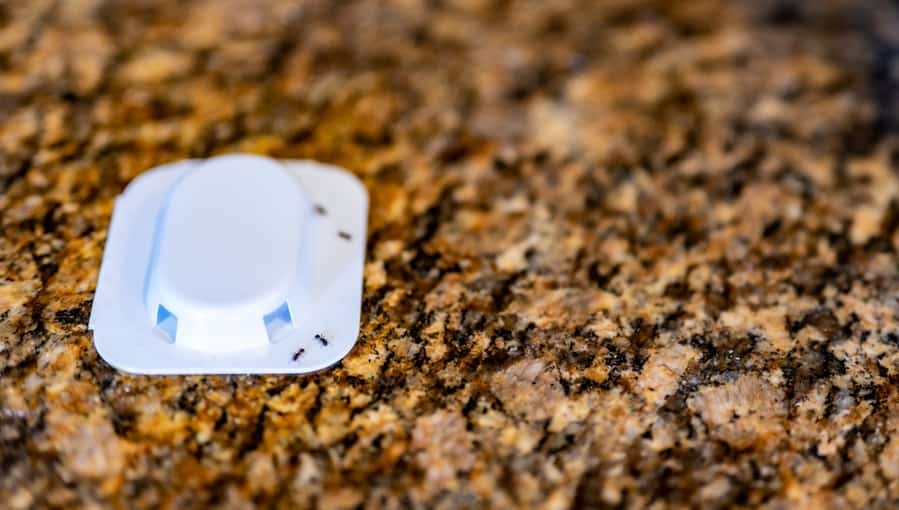
The best solution for ant management within your home is to use baits. Bait traps attract and catch ants since they perceive the bait as food.
Ants may also return some of it to their nests, eliminating other ants. You can manage a whole ant colony using bait traps.
Make a bait by mixing two teaspoons peanut butter, two tablespoons of honey, and one-half teaspoon of borax.
Scoop a small amount on foil, and leave the mixture next to ant trails and beside holes or cracks.
Repeat the process after every three days when the mixture dries and until you resolve the problem.
Get Your Ant Problem Under Control
Ants are frequent home invaders, and an infestation on your computer can be harmful.
It is possible to repel ants using the three procedures we have mentioned.
First is to inspect your house/office thoroughly and seal ant entrances.
Keeping your living space tidy and using household products as deterrents proves effective.
Combining these procedures with professional advice helps get your ant problem totally under control.
Frequently Asked Questions
Why Do Ants Get Attracted to Computers?
Research shows that some ant species can naturally detect electromagnetic fields and use them as a directional guide when looking for food or potential nesting locations.
Can Ants Harm My Computer?
While inside your laptop, ants chew on the small wires, which could cause a circuit and damage your computer.

